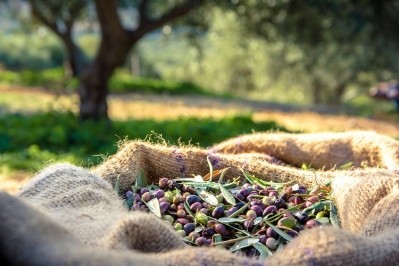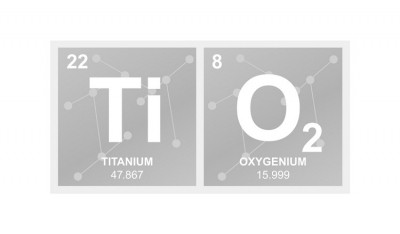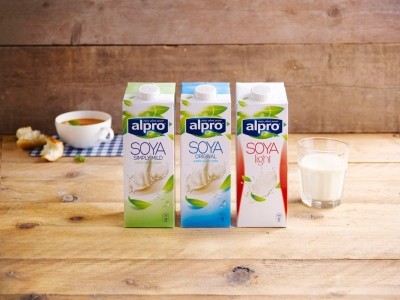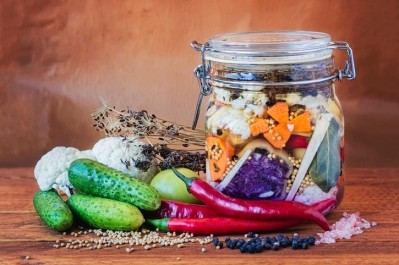Light degradation and nutrient loss: ‘Consumer awareness needs to be raised’
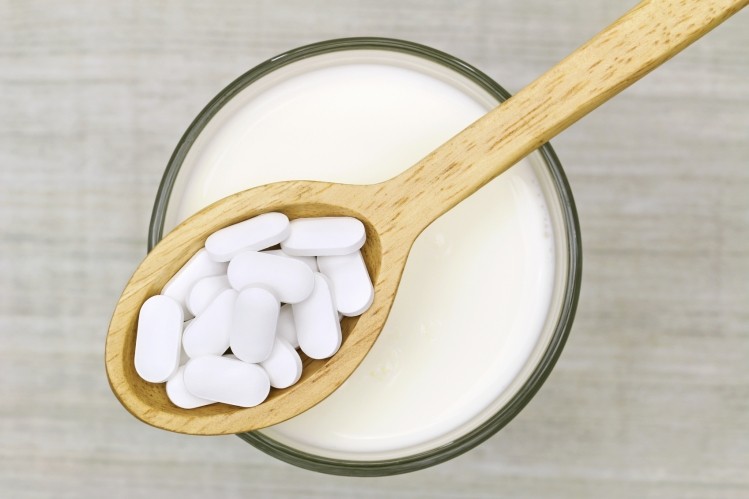
Exposure to light has a detrimental impact on the nutritional profile of milk, a white paper penned by Dr Birch and Professor Graham Bonwick from Newcastle University, notes.
Speaking to FoodNavigator, Dr Birch explained that vitamin B2, riboflavin, is usually used as a market to test for degradation. She noted that exposure to light also causes other vitamins to breakdown. “Vitamin B12 can be degraded, as can vitamin A and D. You also get proteins that are oxidised.”
Implications for population health
The breakdown of these nutrients results in “off flavours”, commonly known as “sunlight flavour”.
“This can obviously lead to a lot of wastage in milk. It contributes significantly to milk wastage in the UK,” Dr Birch suggested.
She believes that the breakdown of important nutrients also has negative consequences for population health in the country.
“Most of the UK is deficient in vitamin D because we don’t go out in sunlight enough to get a natural dose… You have all sorts of bone problems related to a lack of vitamin D. In particular, if you look at the loss of vitamin D [this can be linked to] the increasing incidents of rickets.”
Likewise, if calcium is depleted and consumption levels drop as a result there are some undesirable consequences for bone health.
“It is worth noting that all of the vitamins in milk do not work alone – they are cofactors. For example, if you take a vitamin B12 supplement it will not work without having vitamin B6 and vitamin B9, which is folate, because everything helps something else work. You need a full spectrum of these nutrients.”
The health consequences span generational divides and impact different life stages in varying ways, Dr Birch continued.
“If you have weened a child off formula or breast milk they then start moving over to cows’ milk. At a very young age, from about 2 – 5, they need a high concentration of the nutrients in milk because it contributes to the recommended daily allowance.
“You have a much bigger problem with older people. Once you get to your mid-50s you begin to get stomach atrophy, the stomach lining starts to shrink therefore it doesn’t absorb vitamin B12 particularly well, doesn’t pass it along to the small intestine to get absorbed. That is very significant for people who might be heading towards osteoporosis and bone problems in later life.
“This full spectrum of nutrients is needed across the age spectrum.”
Dimming displays?
According to Dr Birch, the light source can be either natural or artificial, meaning that the way retailers commonly display milk products – under fluorescent and LED lighting - exasperates the issue.
“This loss of nutrients in milk is very often due to the way it is displayed in retail stores. If you go into any of the big supermarkets it will either be displayed under fluorescent light and many of the larger supermarkets are moving over to LED systems. They use this to display the milk so it looks good. However, those light sources in particular, cause significant damage.
“This can happen within 20-30 mins of being put under these very bright lights. The average amount of time milk is on display is eight hours, so during that time before the customer picks it up, you can get very significant loss of some of the key nutrients.”
Dr Birch suggested that a good way to tackle the problem would be the development of a certification scheme for packaging that protects foodstuffs from light damage. “I think the option that would be best for not only consumer confidence but certainly for the retailers is to move towards certification of the packaging milk comes in, whether that’s cartons or bottles. Consumers need to have confidence that their food is packaged in light-resistant materials with a certified stamp that will give ultimately higher consumer confidence.”
However, she noted, consumer awareness of the issue remains “very limited”. This means that there is little incentive to set up such a scheme.
“Initially consumer awareness is the most important point. The level of consumer awareness needs to be raised quite significantly. Once you can get a level where quite a lot of the population understand about the degradation of nutrients that would give the impetus towards manufacturers and retailers to insist the packaging is certified to say it helps protect nutrients.
“It is going to be a long process but initially it has to be consumer awareness. Once that gains momentum, the retailers and manufacturers will perhaps then move towards certified packaging.”
The consumer awareness piece is what prompted Dr Birch and Professor Bonwick to publish two white papers – one directed at industry and one specifically targeting consumers with messaging that aims to be “accessible”.
Packaging potential
Dr Birch said that there has been a “huge push” in scientific literature to produce new packaging materials that can protect food against light damage.
“There is a huge amount of research going on at the moment,” she observed.
Some researchers claim certain additives, such as titanium dioxide, can be mixed with packaging material to block light damage. However, Dr Birch believes the greatest potential lies in the development of bio-based materials that combat light degradation while also addressing the plastics issue.
“It is a relatively new area [and] the more research that goes into bio-based materials that have protective qualities the better. Whoever can get to market first with that is going to lead the way.”
Beyond dairy
While Dr Birch’s work focuses on milk, she noted that light damage actually has implications for food spoilage throughout the supermarket. Other dairy products as well as dairy alternatives, meat, fruit juices and smoothies are particularly vulnerable.
Olive oil is another segment at risk. “Olive oils are often in a green bottle – not clear. That doesn’t guarantee that you won’t get light degradation of the good compounds in olive oil but it goes some way towards helping to protect that product.”
Through the initial focus on milk, Dr Birch and her colleagues hope to raise awareness across the range of products that are susceptible. “We started with milk because it is such as fast moving product, that has potential then to open the door to many of the other products people are aware of.”
